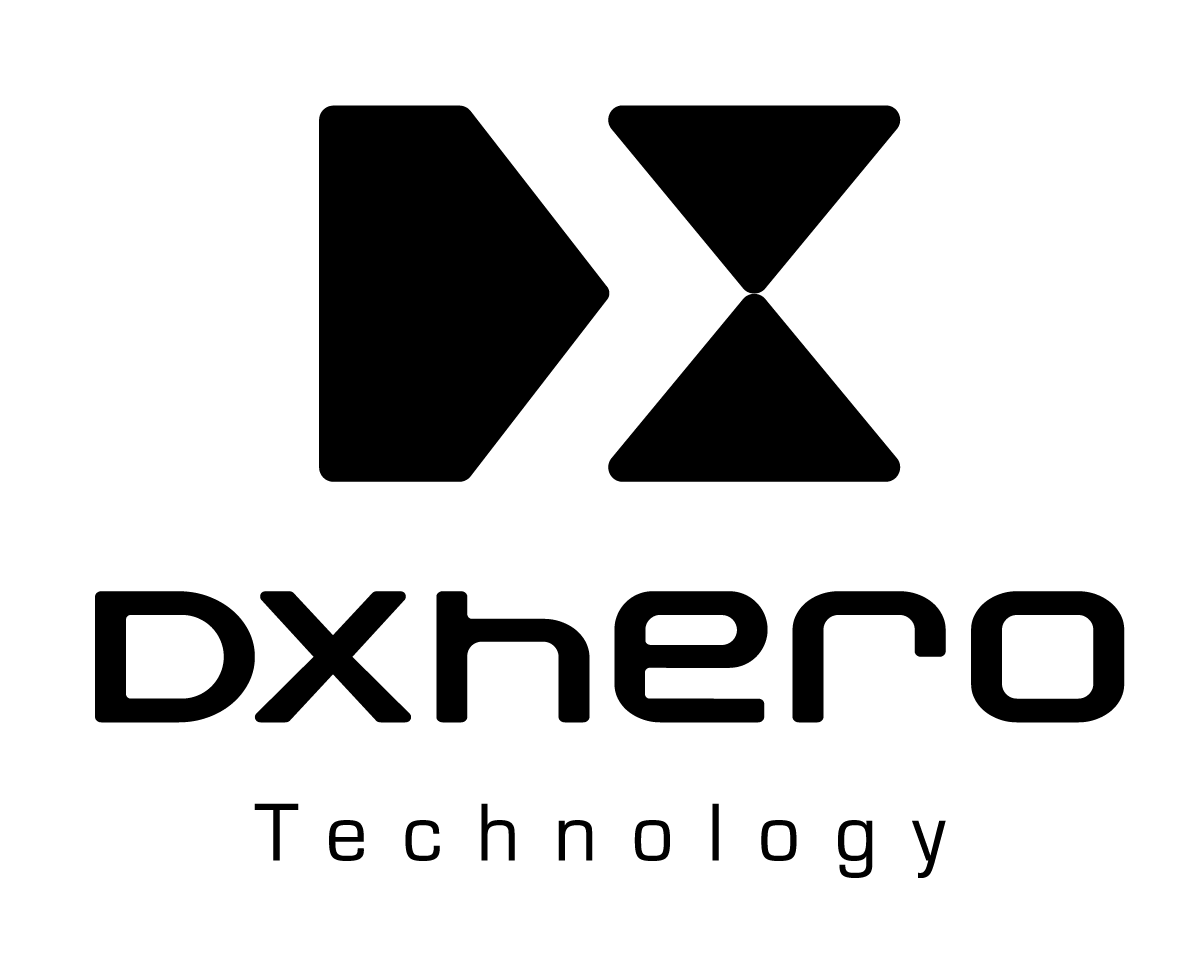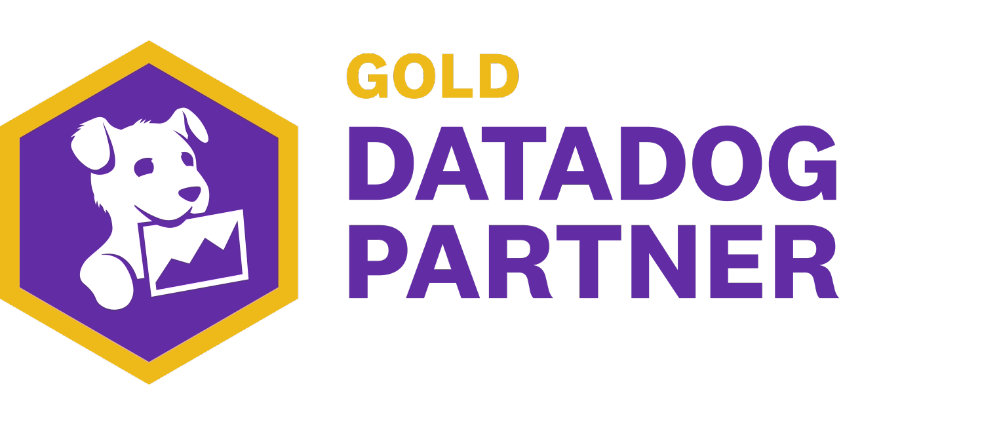By Suranga jayalath.Feb 23, 2023

How to Monitor and Analyze Your Systems
Introduction:
Datadog is a monitoring and analytics platform that provides real-time visibility into infrastructure, applications, and logs. It can be used to monitor and analyze systems, troubleshoot issues, and gain insights into the entire stack.
Section 1: Data Collection
Datadog provides agents and integrations to collect data from various sources, including metrics, traces, and logs. Metrics are numerical values that represent the health and performance of systems, while traces are records of individual requests or transactions, and logs are textual records of events that occur in systems.
Section 2: Dashboards
Dashboards are customizable visualizations that enable you to monitor the health and performance of your systems in real-time. Datadog provides several types of widgets that can be configured to display various types of data, such as metrics, traces, and logs. To create a dashboard, users can use the drag-and-drop interface to add widgets, customize the size, position, and style of each widget, and configure alerts directly from the dashboard.
Section 3: Alerts
Datadog provides several types of alerts, including threshold alerts, anomaly alerts, and composite alerts. Threshold alerts trigger when a metric crosses a specific threshold, while anomaly alerts detect issues before they become critical. Composite alerts combine multiple conditions into a single alert, providing greater flexibility in alerting strategy. Datadog enables you to configure alerts to notify you via various channels, and customize the severity and frequency of alerts to prioritize and manage alerts more effectively.
Section 4: Infrastructure Monitoring
Datadog provides several methods for monitoring infrastructure, including agents, integrations, and auto-discovery. It collects metrics such as CPU usage, memory usage, disk usage, network traffic, and more to identify issues and troubleshoot them more effectively.
Section 5: Application Performance Monitoring (APM)
Application Performance Monitoring (APM) provides detailed insights into the performance of individual transactions, services, and resources, enabling you to identify bottlenecks and optimize your applications. Datadog APM collects several types of data, including traces, metrics, and logs, which provide an overview of the health and performance of your applications.
Section 6: Log Management
Datadog Log Management provides a unified view of logs to help troubleshoot issues and gain insights into systems. It collects logs from various sources, including agents, integrations, and syslog, and automatically parses and indexes them to search, filter, and analyze them more effectively.
Section 7: Collaboration and Integration
Datadog provides several features of collaboration and integration, such as dashboards, APIs, and integrations. Dashboards enable users to create custom visualizations and share them with others, while APIs enable users to programmatically access and manipulate data. Datadog also provides integrations with popular tools and systems, allowing users to streamline their workflows and collaborate more effectively.
What type of metrics are supported for Datadog?
Datadog supports a wide range of metrics across various systems, platforms, and technologies. Here are some examples of the types of metrics that can be collected and analyzed in Datadog:
- Host Metrics: CPU usage, disk usage, network activity, memory usage, etc.
- Container Metrics: Container CPU and memory usage, container health checks, etc.
- Cloud Metrics: Metrics from AWS, GCP, Azure, and other cloud providers, including EC2 CPU usage, S3 bucket size, ELB latency, etc.
- Application Metrics: Application performance metrics such as response time, throughput, errors, and database metrics.
- Custom Metrics: Users can also send their own custom metrics to Datadog using the API or other methods.
- Log and Trace Metrics: Datadog also supports collecting and analyzing log and trace data to provide insights into application performance and troubleshooting.
Compare Datadog Vs Elasticsearch
- Focus: DataDog is a monitoring and analytics tool for infrastructure, applications, and logs, while Elasticsearch is a search and analytics engine for large data sets.
- Data Collection: DataDog collects data from servers, containers, cloud services, applications, and logs, while Elasticsearch primarily indexes and searches data.
- Querying: Elasticsearch has a powerful query language for complex searches and filters, while DataDog’s query language is more limited.
- Visualizations: DataDog has built-in visualizations, while Elasticsearch provides tools for creating custom visualizations.
- Pricing: DataDog is a commercial tool with pricing plans based on data collected and analyzed, while Elasticsearch is open-source software that can be self-hosted or used as a cloud service.
Compare Datadog vs Promethues & Grafana
- Architecture: Datadog is a cloud-based monitoring platform with a central server, while Prometheus is a self-hosted, open-source solution that uses a pull model to collect data from monitored targets.
- Data Collection: Datadog can collect data from servers, containers, cloud services, applications, and logs, while Prometheus is primarily used for collecting metrics from applications and infrastructure.
- Querying: Prometheus has a powerful query language called PromQL, while Datadog’s query language is more limited.
- Visualizations: Both tools offer robust visualization capabilities, with Grafana being a popular choice for creating dashboards for Prometheus metrics.
- Alerting: Datadog has a sophisticated alerting system, while Prometheus has a simpler alerting system that is tightly integrated with its query language.
- Pricing: Datadog is a commercial tool with pricing based on data collected and analyzed, while Prometheus is open-source and free to use.
More content at PlainEnglish.io. Sign up for our free weekly newsletter. Join our Discord community and follow us on Twitter, LinkedIn and YouTube.
Learn how to build awareness and adoption for your startup with Circuit.
The original article published on Medium.




